-
Welcome to Tacoma World!
You are currently viewing as a guest! To get full-access, you need to register for a FREE account.
As a registered member, you’ll be able to:- Participate in all Tacoma discussion topics
- Communicate privately with other Tacoma owners from around the world
- Post your own photos in our Members Gallery
- Access all special features of the site
AdventureTaco - turbodb's build and adventures
Discussion in '1st Gen. Builds (1995-2004)' started by turbodb, Apr 4, 2017.
Page 181 of 261
Page 181 of 261


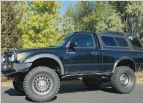 The Expo Golf Cart
The Expo Golf Cart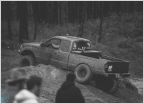 4banger Junkyard build
4banger Junkyard build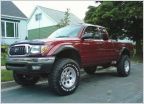 Snowman's 2004 4x4 Build
Snowman's 2004 4x4 Build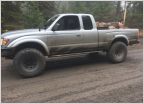 Arctic04trd's 2004 TRD Build
Arctic04trd's 2004 TRD Build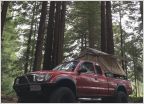 02 4banger Build
02 4banger Build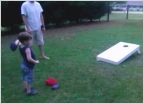 W00dy's 2003 DoubleCab aka The driveway queen
W00dy's 2003 DoubleCab aka The driveway queen
































